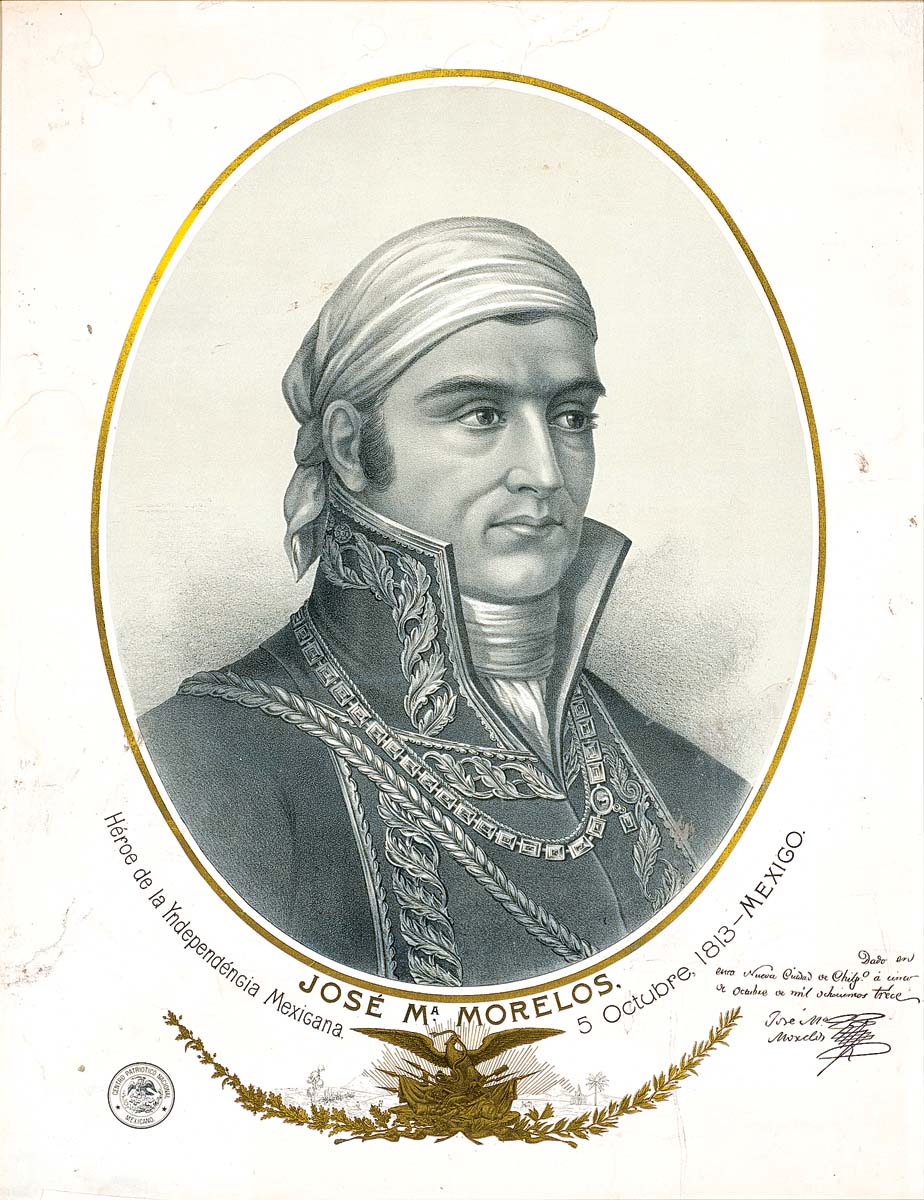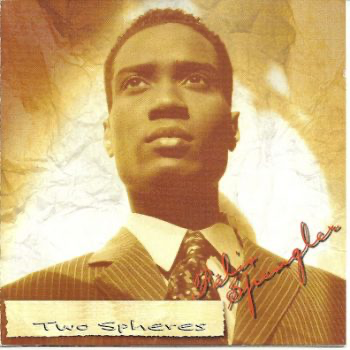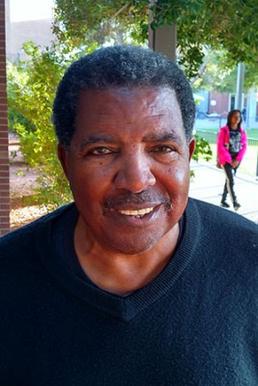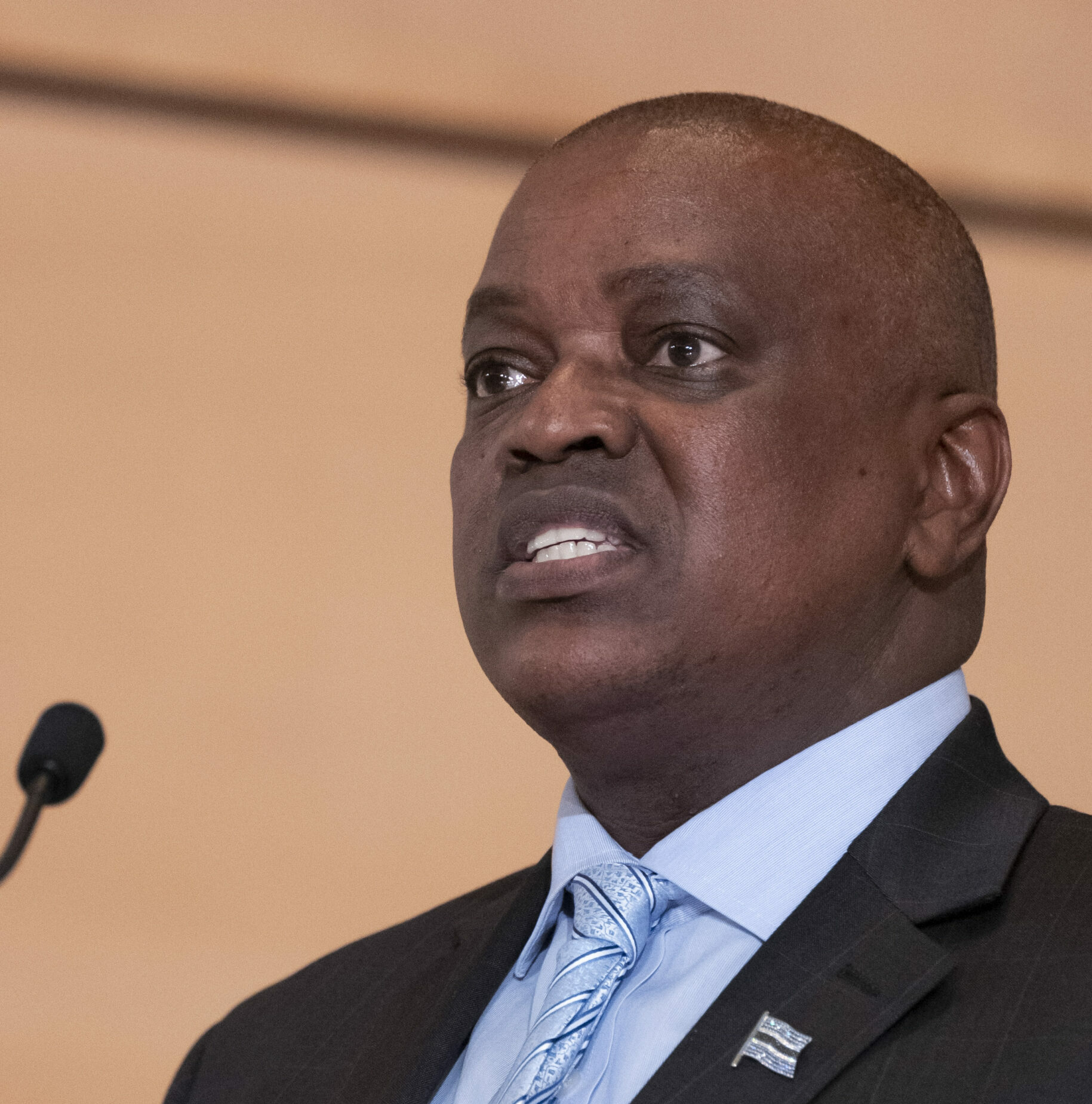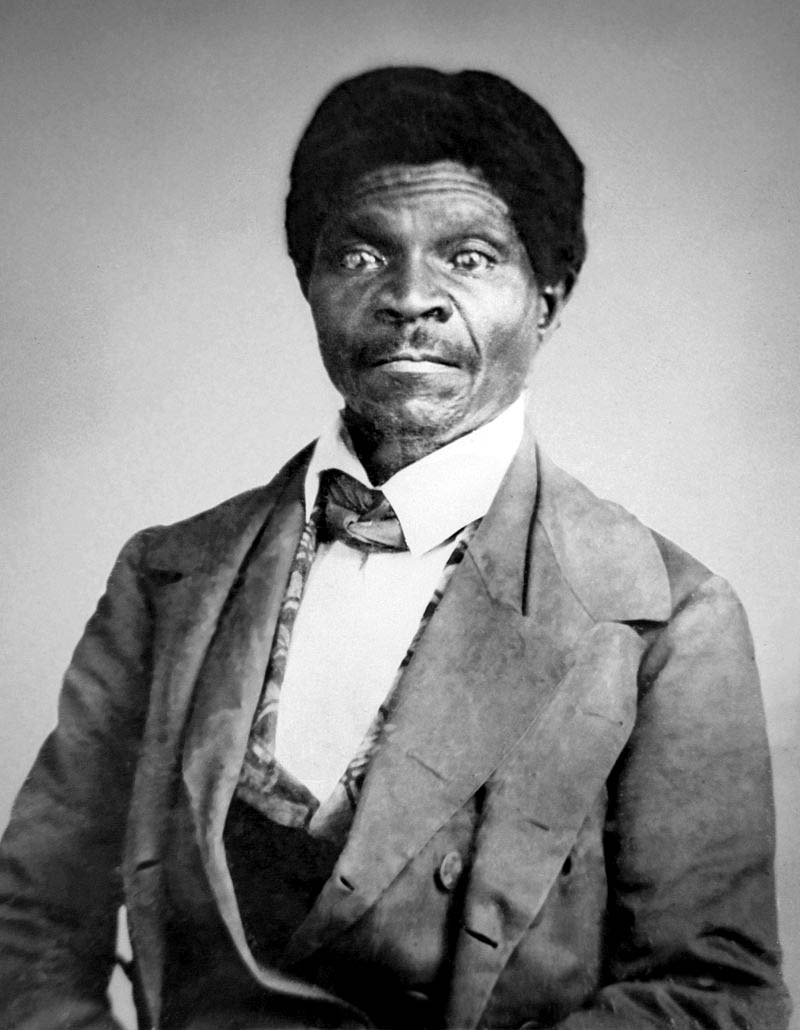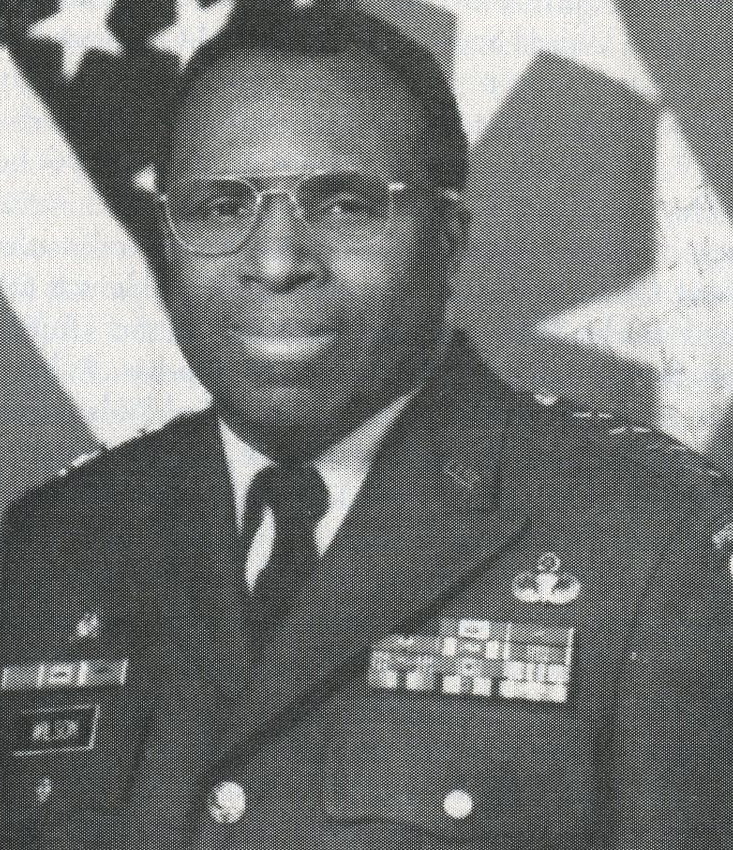José María Morelos y Pavón, statesman and Roman Catholic priest, was one of the greatest insurgent military commanders during the Mexican War of Independence. Morelos was born into a poor “pardo” (Afro-Mexican) family in Valladolid, Mexico on September 30, 1765 to José Manuel Morelos y Robles, a carpenter, and Juana María Guadalupe Pérez Pavón. In his youth Morelos performed many menial jobs, including farming and mule skinning. In 1790 he studied philosophy, rhetoric, ethics and Latin grammar at the Colegio de San Nicolás, operated by Miguel Hidalgo y Costilla, and in 1795 Morelos entered Tridentine Seminary, becoming a full-fledged priest by age 32 in December 1797. He administered in several areas throughout New Spain, including Carácuaro and Churumuco.
In 1810 Morelos’s mentor, Padre Miguel Hidalgo y Costilla, rang the church bell to call the people together. He pleaded with them to fight for their independence from Spain. This declaration, known as El Grito de Dolores, initiated the Mexican War of Independence. Hidalgo summoned Morelos, who joined the battle and soon became a commander.
The Spanish caught and executed Hidalgo, leaving Morelos to assume leadership of the struggle. Morelos led forces that surrounded Mexico City and confined the Spanish to coastal ports. In 1813 Morales organized the National Constituent Congress, which assembled the “Sentimientos de la Nación.” The Sentiments of the Nation abolished slavery and racial class. They also bestowed the title of “Your Highness” to Morelos, but he refused it and instead accepted the title “Servant of the Nation.”
The Spanish Army expanded its efforts and searched for rebels, including Morelos. Eventually Spanish forces overpowered his army and captured him. Morelos was brought to Mexico City, tried for treason in a Spanish court, found guilty for his revolutionary activities, and executed on December 22, 1815. He was buried in a small church until 1823, when the now independent government of Mexico transferred Morelos’s remains to the Altar of the Kings in the Cathedral of Mexico. A few years later, he was removed again to a mausoleum on the Paseo de la Reforma in Mexico City.
Although Morelos united the people initially in their fight for their freedom, independence would not be won until six years after his death in 1821. This early leader of the Mexican War of Independence is fondly remembered in this country where his achievements are acknowledged. His home town of Valladolid was renamed Morelia and the government also created Morelos, a state in Mexico. A statue in his likeness, ordered by President Lazaro Cardenas, stands on the island of Janitizio in Lake Patzcuaro in Michoacán. In 1980 sculptor Julian Martinez created a bronze statue of Morelos. He is shown astride his mount and dressed for battle. The figure sits in Los Angeles at Lincoln Park/Parque de Mexico. In 1997 Morelos’s portrait was added to the Mexican peso, the official currency of the nation.

